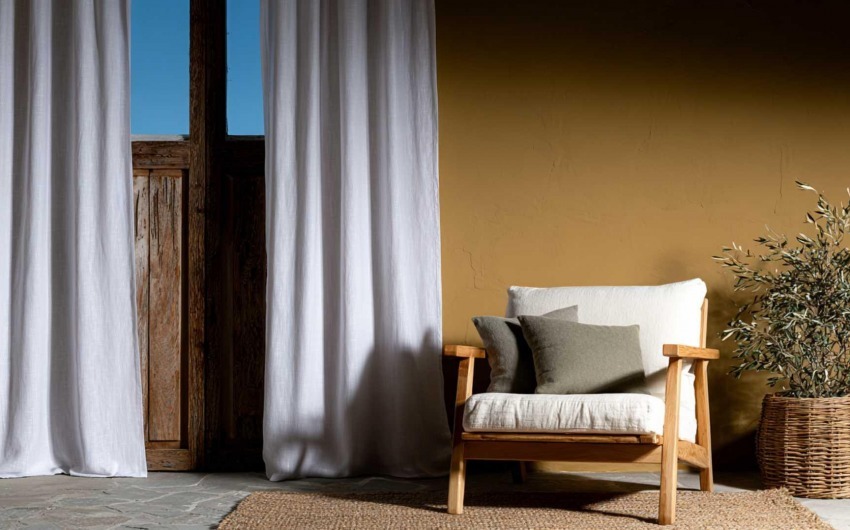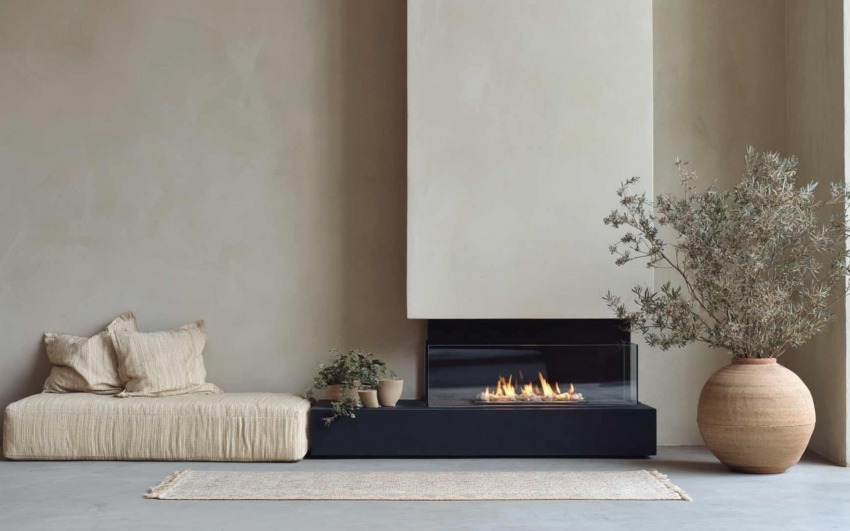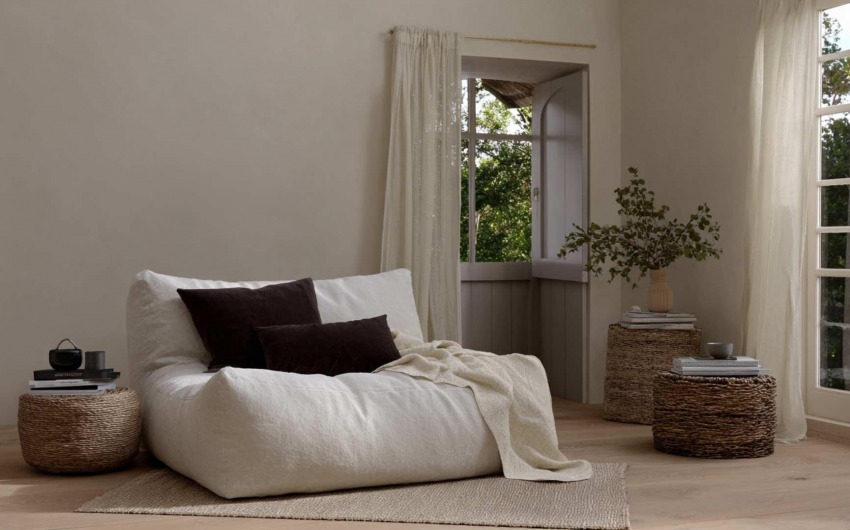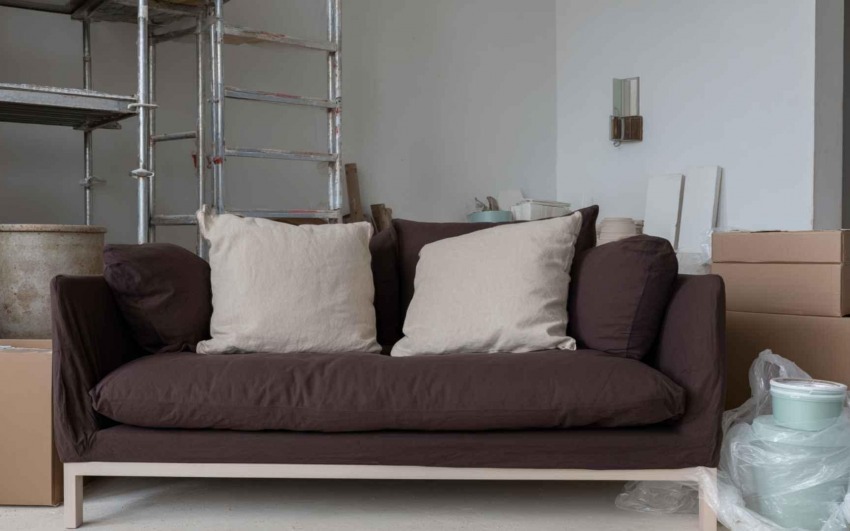3/07/2025
1. Emptiness as an Active Element in Design
We tend to focus on objects and furniture as the protagonists of a space, but the area surrounding them—the emptiness—plays an equally important role.
Creating balance: An overcrowded room can feel visually overwhelming. Leaving space helps balance the composition of the interior, allowing objects to breathe.
Highlighting key elements: Minimalist design and Japanese aesthetics show how emptiness can draw attention to textures, materials, and structural elements.
Enhancing sensory perception: A well-calibrated space allows for a greater appreciation of light, shadows, and proportions.
Practical Example
Imagine a dining room featuring a beautifully crafted wooden table. If the surrounding space is filled with too many chairs, decorative items, and lighting fixtures, the table loses its impact. But when more space is left around it, the table becomes the focal point of the room, exuding elegance and simplicity.
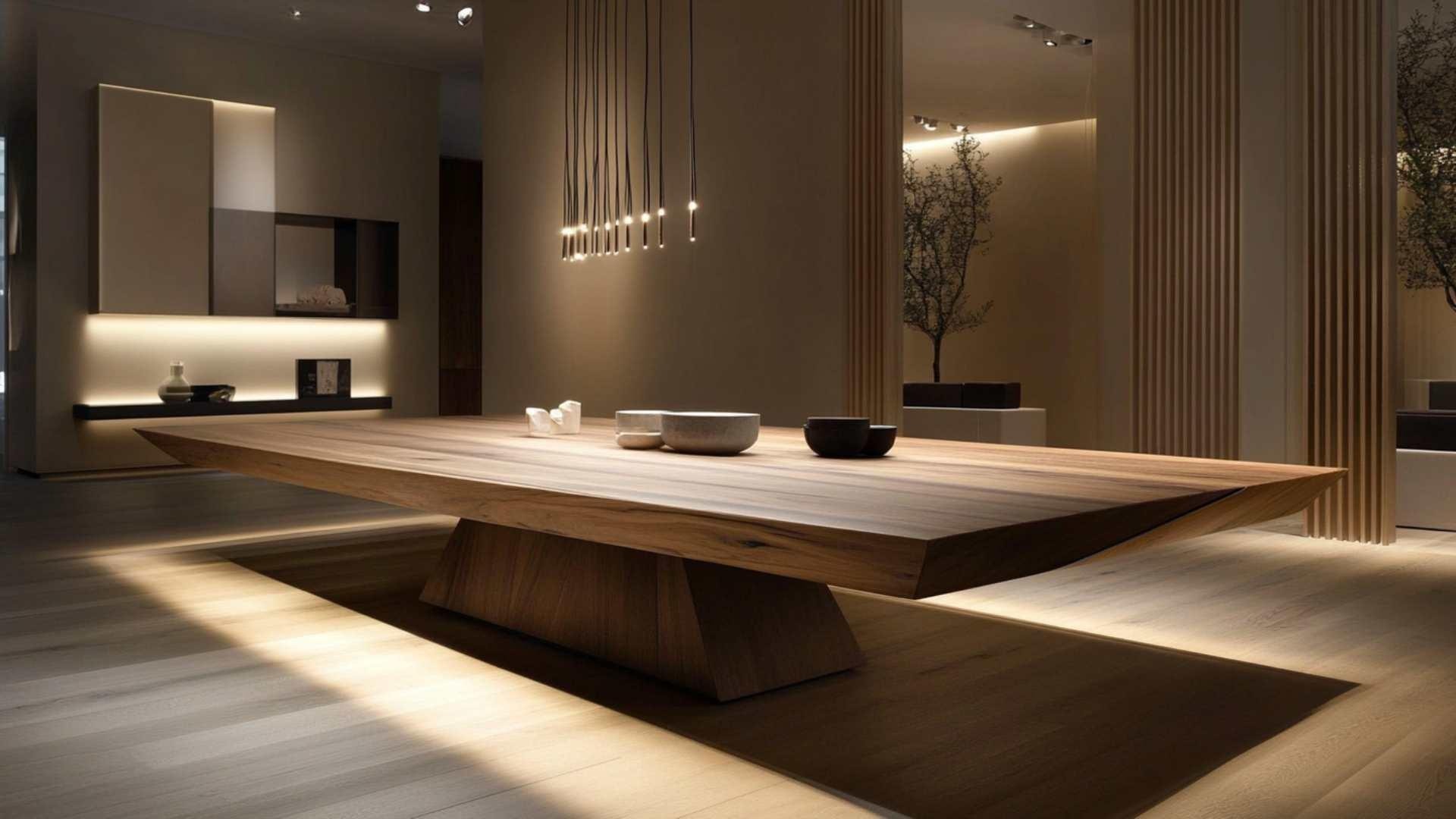
2. The Eastern Philosophy of Emptiness: Ma and Wabi-Sabi
In Eastern cultures, emptiness is not seen as a lack but as an essential component of design and art.
The Concept of "Ma" in Japanese Design The Japanese term Ma (間) refers to the space between objects, a key principle in traditional architecture and design. This approach emphasizes rhythm, allowing elements to exist in harmony without overwhelming each other.
Wabi-Sabi and the Beauty of Imperfection Wabi-Sabi is a Japanese aesthetic that celebrates imperfection and transience. In interior design, this philosophy encourages the use of emptiness to highlight natural materials, asymmetrical shapes, and simplicity.
Practical Example
A living room with a minimalist layout—featuring a linen sofa, a handcrafted wooden coffee table, and a textured rug—creates a more relaxing and refined environment than one cluttered with excessive decorations.
_b3f2e2861d_.jpg)
3. Emptiness in Modern Design: Minimalism and Functionality
Minimalism has demonstrated how emptiness can enhance both the livability and aesthetics of a space.
Eliminating excess for better functionality Minimalist interiors are designed to be practical and efficient. Reducing the number of objects in a room improves circulation and usability.
The luxury of simplicity While luxury was once associated with abundance, today, true sophistication lies in the careful selection of elements. A well-designed space values quality over quantity.
Practical Example
_bdfebf3134_.jpg)
4. How to Use Emptiness in Your Home
Now that we understand the importance of emptiness, here are some practical ways to incorporate it into your home:
Leave space around furniture: Avoid placing items too close together; ensure enough distance to create a sense of openness.
Use blank walls strategically: Not every wall needs to be covered with artwork or shelves. Sometimes, an empty wall allows other design elements to stand out.
Play with light and shadow: The interplay between light and empty space adds depth and dimension to interiors.
_ab36138658_.jpg)
Emptiness is not a flaw but an active component of interior design. Learning how to use negative space effectively allows for the creation of interiors that are more harmonious, functional, and elegant.
In 2024, the best-designed spaces will emphasize the “well-calibrated balance” of full and empty areas, where each element has a purpose. Mastering the art of emptiness is the key to a truly sophisticated home.
_14077b47db_23.jpg)
Interior Designer since 1985
CEO & Founder, Italian Design in the World
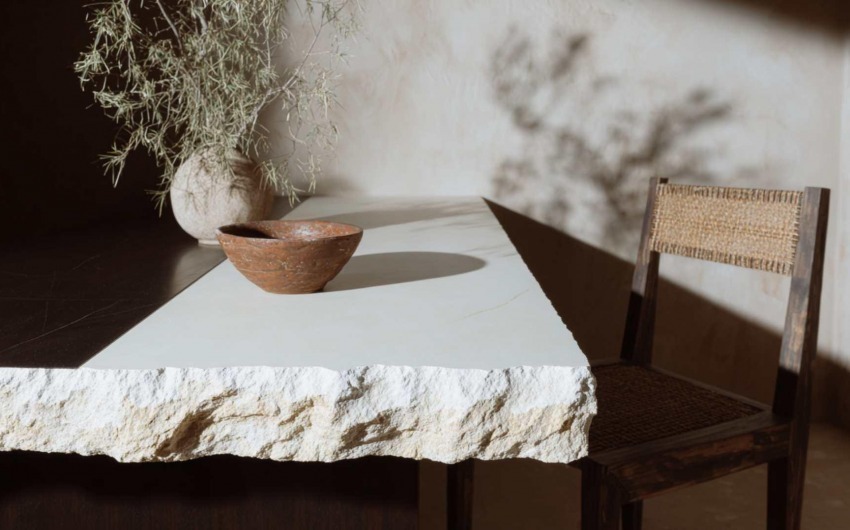
_0f565b1edb_633.jpg)
